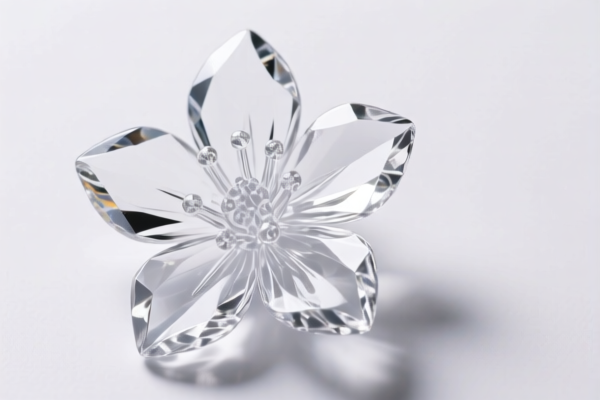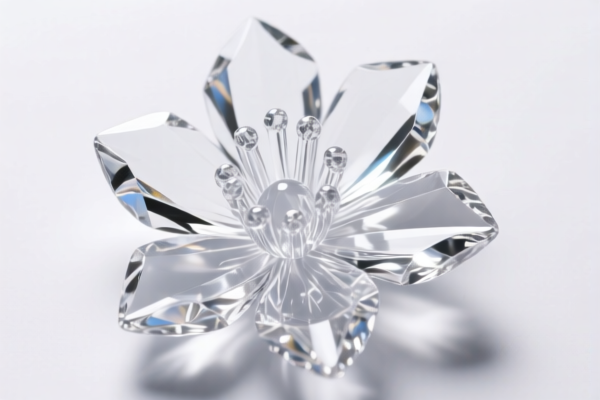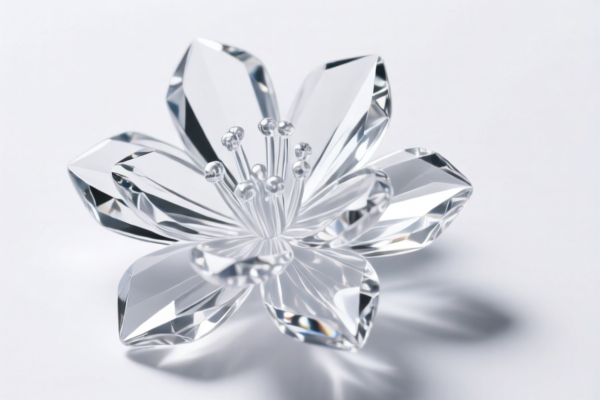| HS Code | Official Doc | Tariff Rate | Origin | Destination | Effective Date |
|---|---|---|---|---|---|
| 6702102000 | Doc | 38.4% | CN | US | 2025-05-12 |
| 6702104000 | Doc | 33.4% | CN | US | 2025-05-12 |
| 1211908990 | Doc | 55.0% | CN | US | 2025-05-12 |
| 1211908990 | Doc | 55.0% | CN | US | 2025-05-12 |
| 1209300090 | Doc | 1¢/kg+55.0% | CN | US | 2025-05-12 |
| 1209994190 | Doc | 0.83¢/kg+55.0% | CN | US | 2025-05-12 |




Wedding Flowers
Wedding flowers are floral arrangements used to enhance the aesthetic and symbolic meaning of a wedding ceremony and reception. They encompass a broad range of blooms, styles, and arrangements, playing a significant role in the overall theme and atmosphere of the event.
Materials
A diverse array of flowers are utilized, chosen for their appearance, seasonality, and symbolic significance. Common choices include:
- Roses: Representing love and passion, available in numerous colors, each with its own nuance (red for romantic love, white for purity, etc.).
- Hydrangeas: Known for their full, lush blooms, symbolizing gratitude and understanding.
- Lilies: Often associated with purity, devotion, and sympathy (different varieties carry varying meanings).
- Peonies: Representing prosperity and good fortune, popular for their large, fragrant blooms.
- Ranunculus: Symbolizing charm and attractiveness, known for their delicate, layered petals.
- Baby's Breath (Gypsophila): Often used as a filler flower, representing innocence and everlasting love.
- Calla Lilies: Representing magnificence and beauty.
- Tulips: Symbolizing perfect love.
- Greenery: Including eucalyptus, ferns, and ivy, used to add texture, volume, and a natural element.
Beyond the flowers themselves, materials like ribbons, wire, floral foam, and decorative containers are essential for creating arrangements.
Purpose
The primary purposes of wedding flowers are:
- Decoration: To enhance the visual appeal of the ceremony and reception venues.
- Symbolism: To convey emotions, sentiments, and wishes for the couple's future.
- Thematic Consistency: To complement and reinforce the overall wedding theme and color scheme.
- Personal Expression: To reflect the couple's personalities and preferences.
Function
Wedding flowers serve various functional roles:
- Bouquets: Carried by the bride and bridesmaids.
- Boutonnieres: Worn by the groom, groomsmen, and often fathers.
- Corsages: Worn by mothers and other female family members.
- Centerpieces: Decorate reception tables.
- Ceremony Arrangements: Used to adorn the altar, aisle, or entrance.
- Arch/Chuppah Decorations: Enhance the focal point of the ceremony.
- Floral Crowns/Hairpieces: Adorn the bride and/or bridesmaids.
Usage Scenarios
Wedding flowers are used throughout the entire wedding process:
- Engagement Photos: Small bouquets or floral accents.
- Bridal Shower: Floral decorations and gifts.
- Rehearsal Dinner: Table centerpieces or small arrangements.
- Wedding Ceremony: Aisle decorations, altar arrangements, bridal bouquet.
- Wedding Reception: Centerpieces, cake decorations, head table arrangements, photo booth props.
Common Types/Styles
- Classic/Traditional: Featuring roses, lilies, and other formal blooms in symmetrical arrangements.
- Romantic: Soft colors, flowing arrangements, and a focus on delicate textures.
- Rustic/Bohemian: Wildflowers, greenery, and natural elements in looser, more organic arrangements.
- Modern: Sleek lines, minimalist designs, and unique flower choices.
- Tropical: Exotic flowers and lush greenery, often incorporating vibrant colors.
- Vintage: Inspired by past eras, featuring antique containers and delicate blooms.
- Cascading Bouquets: Featuring flowers that flow downwards in a waterfall effect.
- Hand-Tied Bouquets: Loosely arranged bouquets that appear naturally gathered.
- Nosegay Bouquets: Small, compact bouquets often featuring a central focal flower.
Wedding flowers can fall under several classifications depending on their composition – whether they are natural, artificial, or parts of plants used for decorative purposes. Here's a breakdown of potential HS codes based on the provided information:
- 6702102000: This code covers Artificial flowers, foliage and fruit and parts thereof; articles made of artificial flowers, foliage or fruit: Of plastics: Assembled by binding with flexible materials such as wire, paper, textile materials, or foil, or by gluing or by similar methods. If the wedding flowers are entirely artificial and made of plastic, assembled using methods like wiring or gluing, this is a relevant classification. The total tax rate is 38.4%.
- 6702104000: This code also covers Artificial flowers, foliage and fruit and parts thereof; articles made of artificial flowers, foliage or fruit: Of plastics: Other, including parts. This applies to artificial flowers made of plastic that don’t fall under the specific assembly method described in 6702102000, or for parts of artificial flowers. The total tax rate is 33.4%.
- 1211908990: This code covers Plants and parts of plants (including seeds and fruits), of a kind used primarily in perfumery, in pharmacy or for insecticidal, fungicidal or similar purposes, fresh, chilled, frozen or dried, whether or not cut, crushed or powdered: Other: Other: Fresh or dried Other: Other. If the wedding flowers are fresh, dried, or cut plants used for decorative purposes, this code may apply. The total tax rate is 55.0%.
- 1209300090: This code covers Seeds, fruits and spores of a kind used for sowing: Seeds of herbaceous plants cultivated principally for their flowers Other. If the wedding flowers are seeds intended for growing flowering plants, this code is applicable. The total tax rate is 1¢/kg+55.0%.
- 1209994190: This code covers Seeds, fruits and spores of a kind used for sowing: Other: Other: Other. If the wedding flowers are seeds not specifically cultivated for flowers, this code may apply. The total tax rate is 0.83¢/kg+55.0%.
Regarding HS code 1211908990, please note that the goods are classified as plants used primarily in perfumery, pharmacy, or for insecticidal/fungicidal purposes. If the flowers are solely for decorative use, this code may not be the most accurate.
Customer Reviews
No reviews yet.